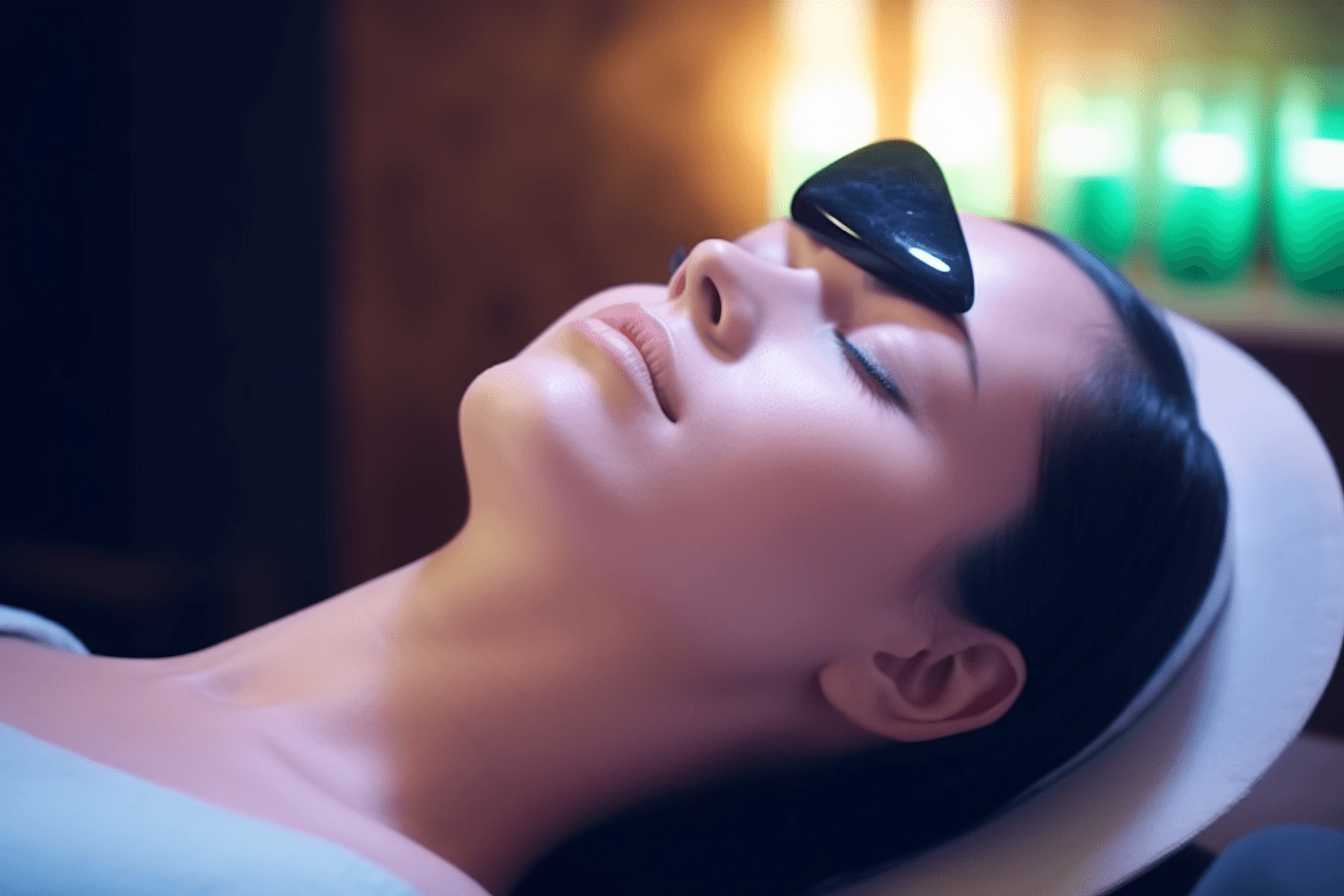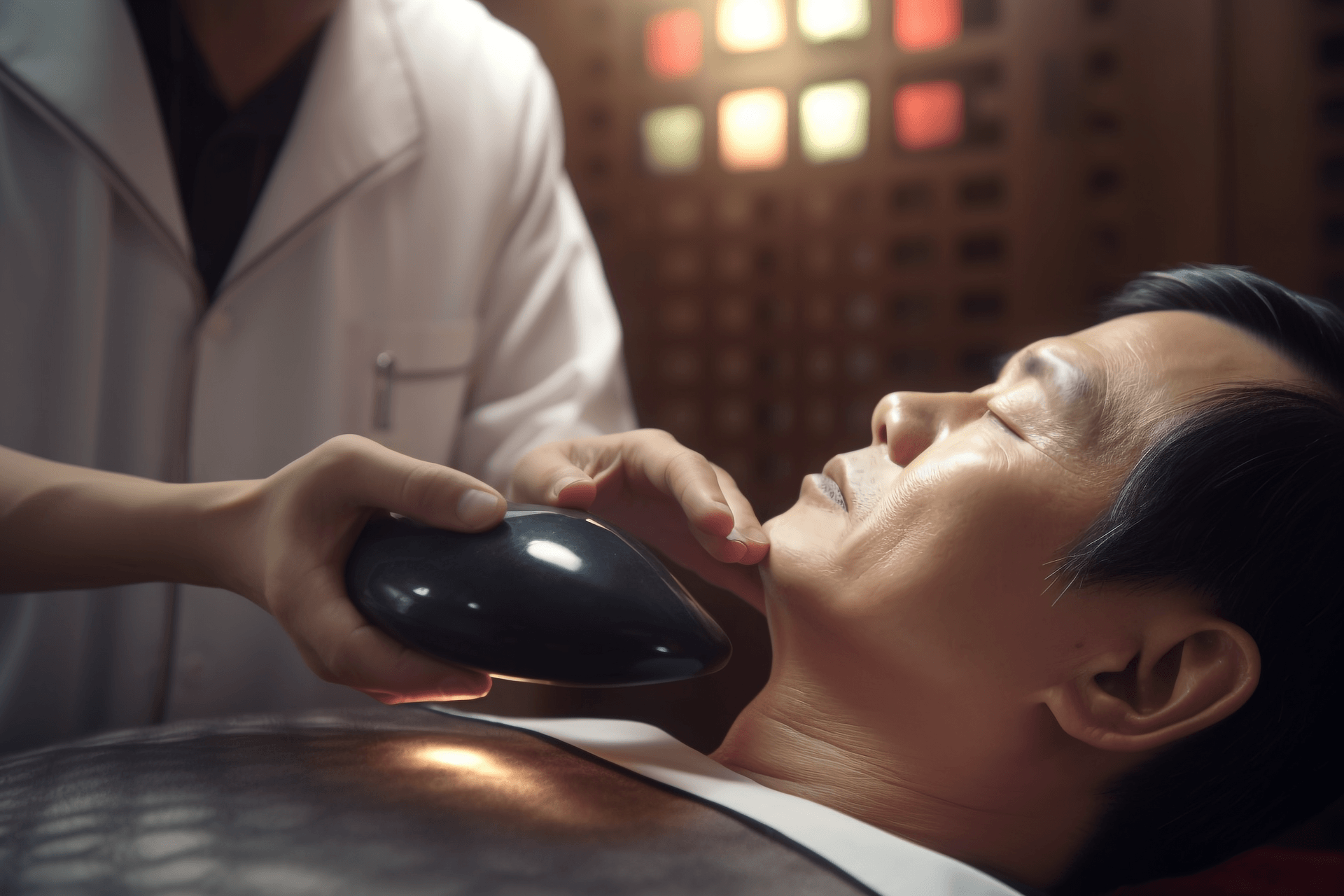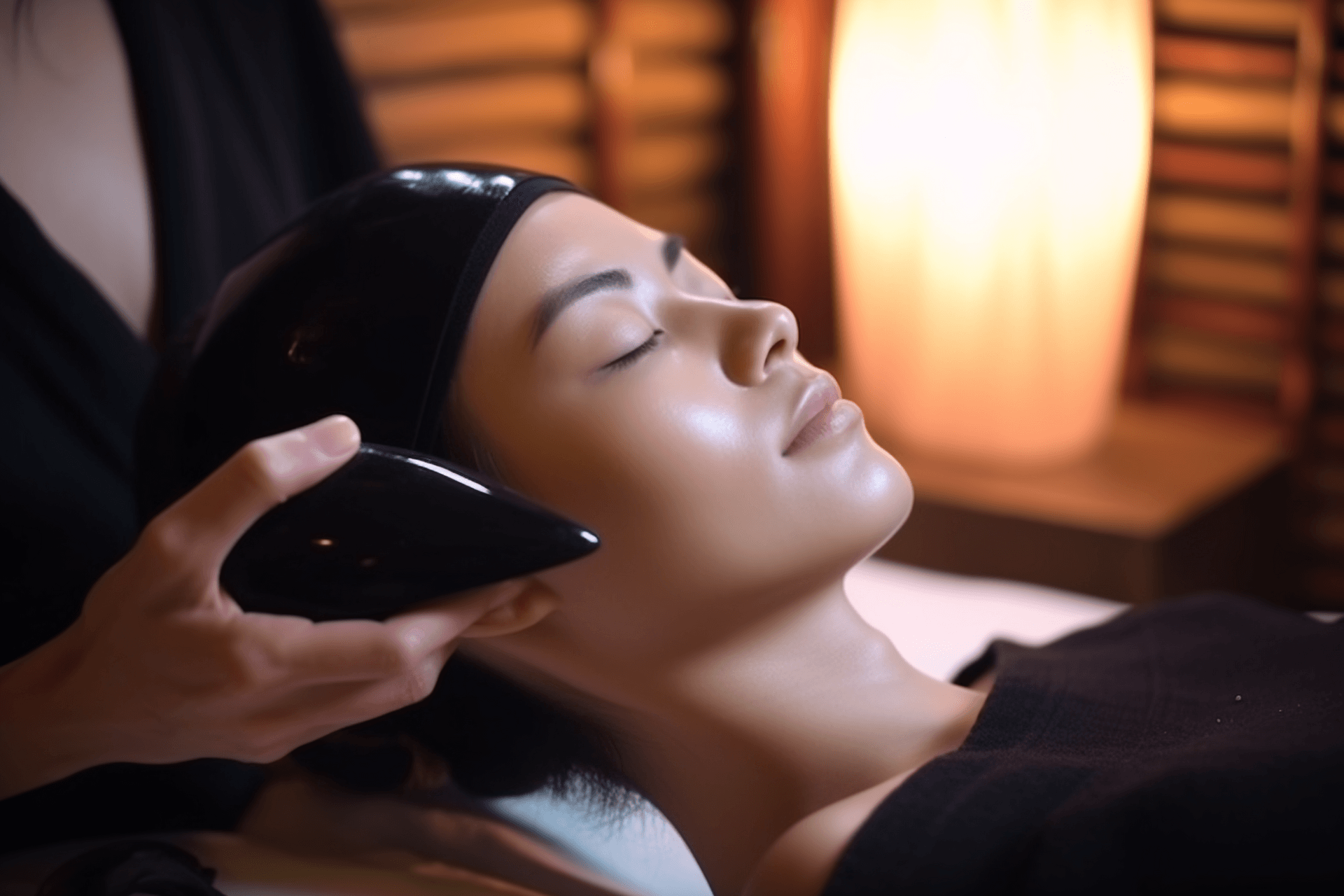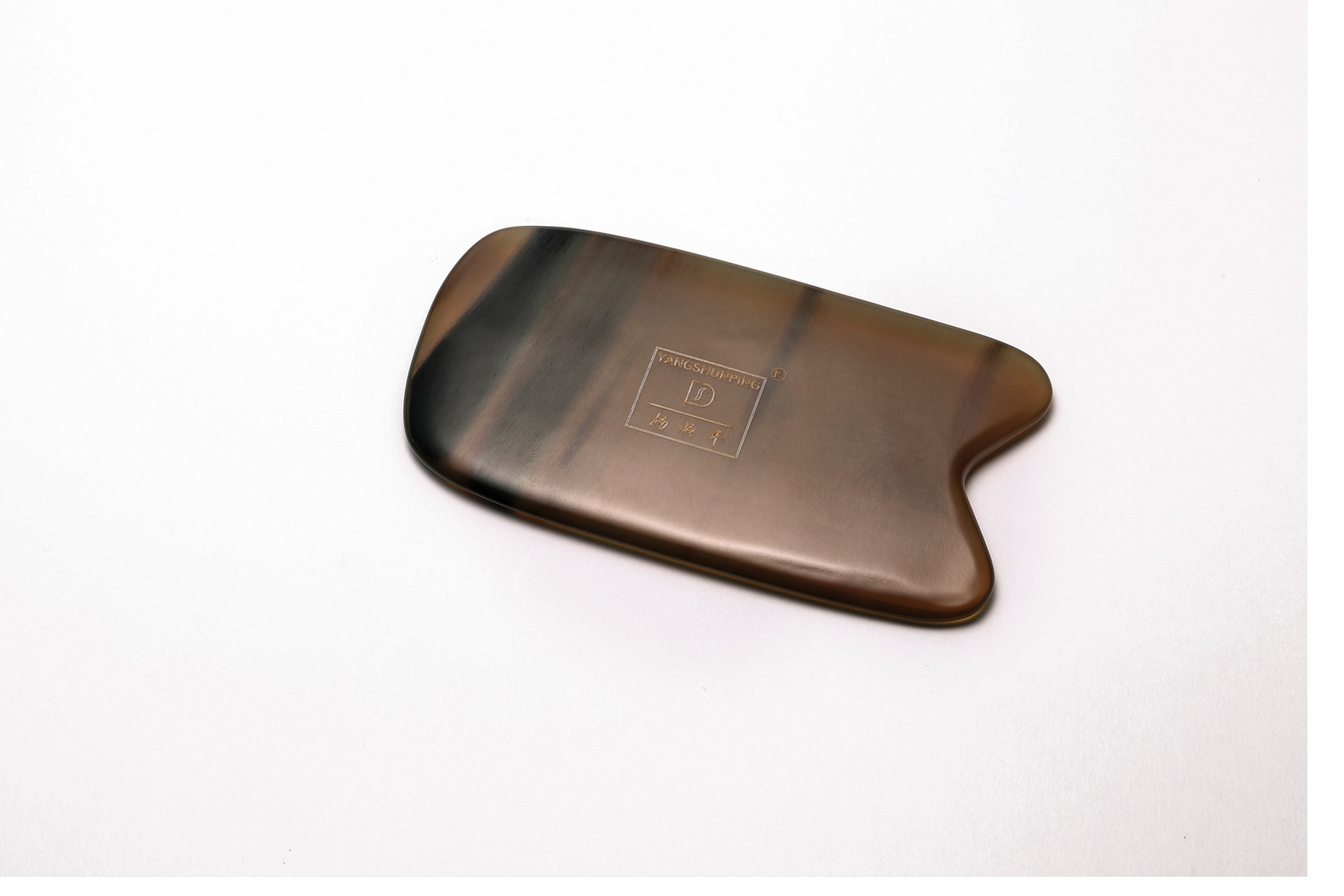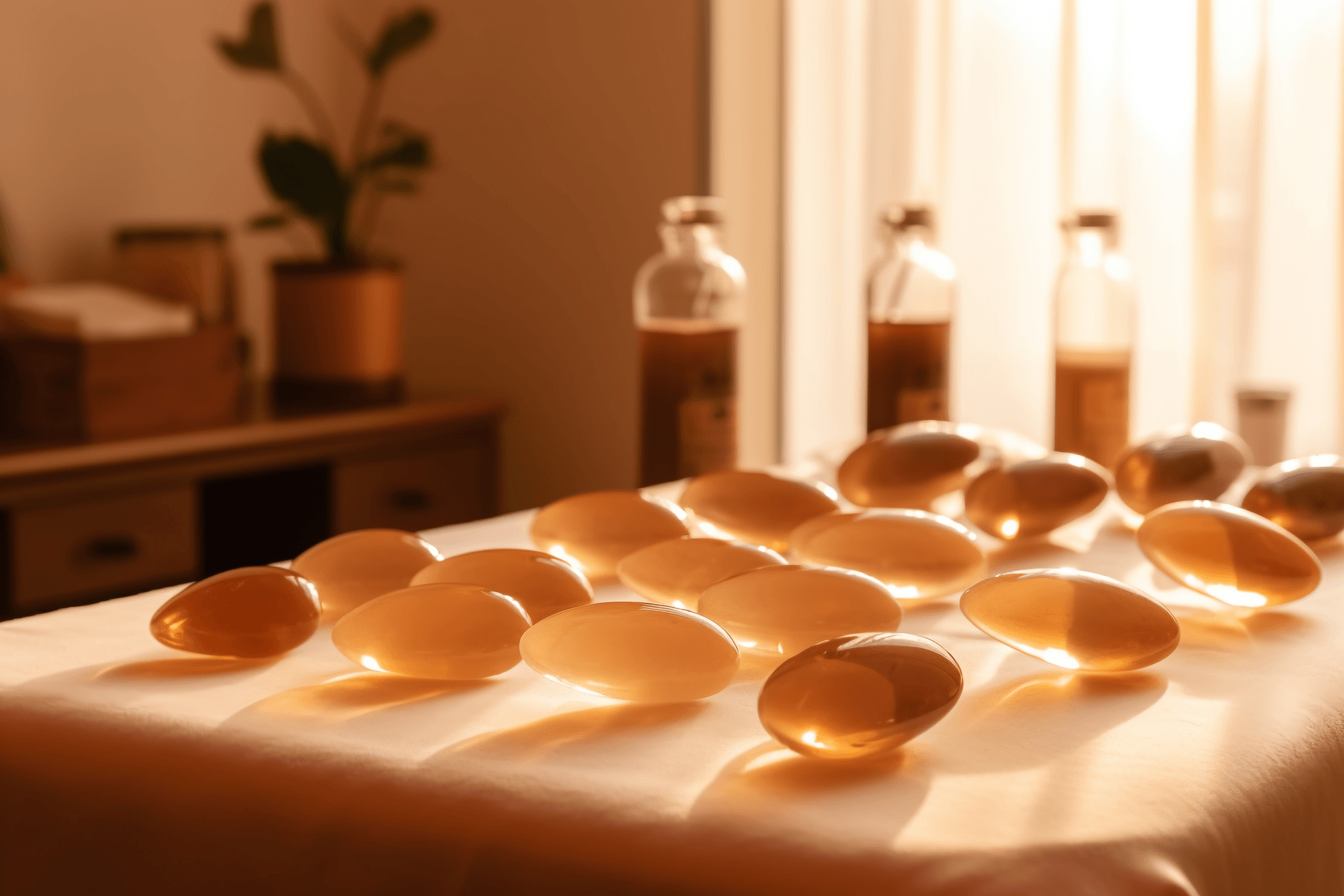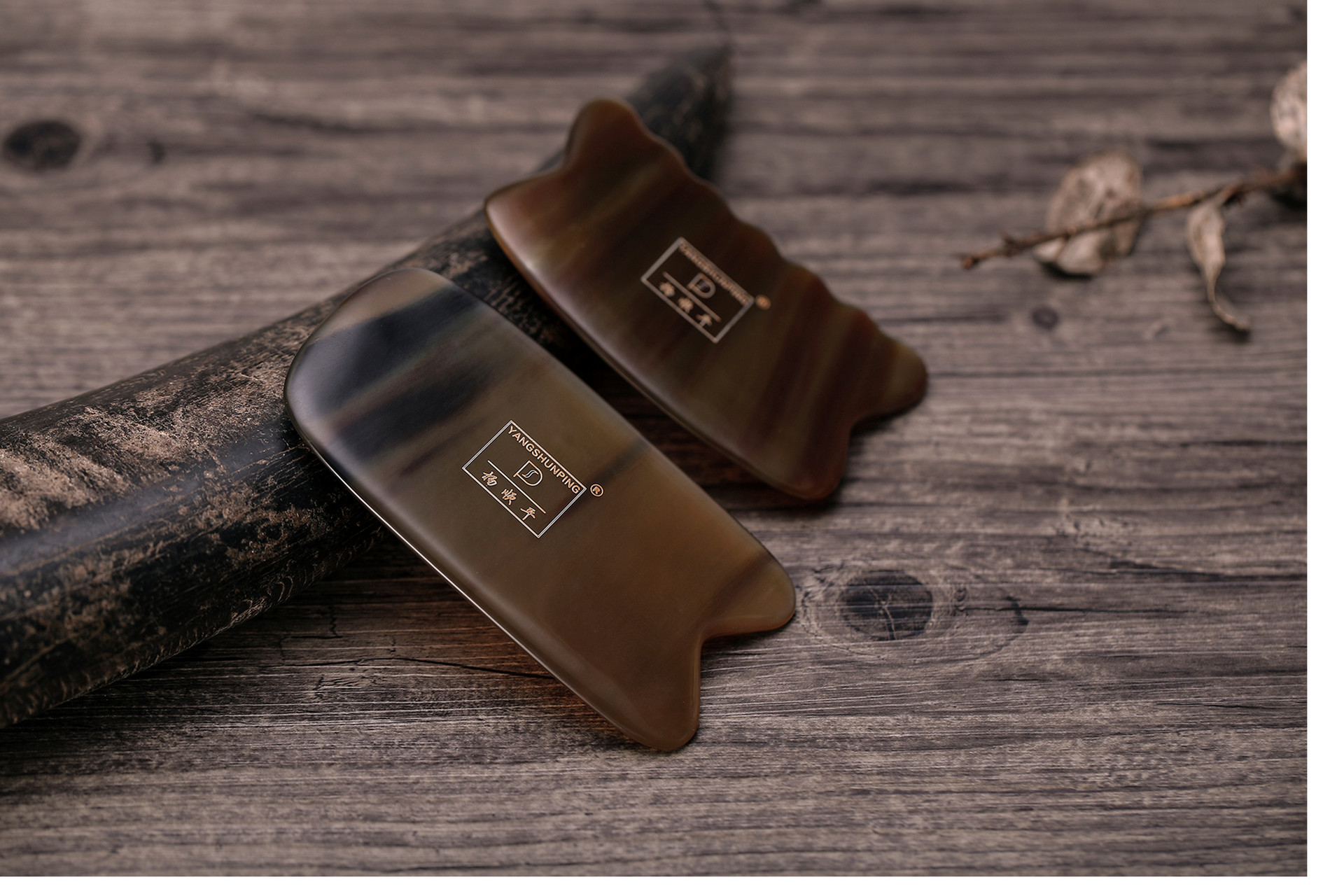Scraping is a commonly used detoxification method in traditional Chinese medicine. Now that summer is here, it's a good time for scraping. However, many people don't know the specific knowledge of scraping in traditional Chinese medicine. Some people always fail to produce sha (red marks caused by scraping). So, is it better to have more sha? Let's learn why scraping doesn't produce sha together!
The benefits of scraping in traditional Chinese medicine are numerous, but many people do not know the purpose of scraping and blindly want to scrape. Therefore, we need to have a systematic understanding of scraping in order to help us scrape better.
Traditional Chinese Medicine Scraping
The purpose of scraping is to detoxify. The so-called "toxins" refer to the metabolic waste (pathological blood) produced in the body's metabolism.
Infectious diseases, toxic substances ingested in daily life, and obstacles to bodily functions all produce "toxins". Under normal circumstances, the body can eliminate toxins through sweating, urination, and defecation. However, when for some reason the accumulation of these toxins becomes too much for the body to temporarily eliminate, these toxins can only be accumulated in certain specific locations (acupoints) in the body.
Meanwhile, new metabolic waste continues to be produced but has nowhere to go. The body can only rely on inhibiting metabolism to reduce the production of metabolic waste. However, inhibiting metabolic function further exacerbates the inability of the body to eliminate toxins. This vicious cycle leads to a high level of toxins in the body that cannot be eliminated and a continuous decrease in the body's metabolic function.
The former leads to an increased burden on the body, and the latter leads to a lack of vitality in the body. These two points are the root causes of many diseases that are difficult to cure. Scraping promotes the elimination of toxins from the body and promotes the body's metabolism, which is the principle behind scraping to treat diseases.
Since most diseases are related to the accumulation of toxins and slow metabolism, scraping has a certain therapeutic effect on most diseases. It has excellent therapeutic effects on certain emergencies such as heatstroke and cholera (traditional concept of sha-related diseases); diseases related to qi stagnation and blood stasis, such as stiff neck, muscle contusion, frozen shoulder, osteophyte, sequelae of lumbar disc herniation, sciatica;
Immune system diseases such as excessive body dampness, asthma, rheumatoid arthritis, pulmonary tuberculosis, hepatitis; some pain conditions such as low back pain, intercostal neuralgia; circulatory system diseases such as hypertension; some chronic poisoning conditions, sub-health status... It has a good therapeutic effect, and the effect is almost immediate, and it even has a curative effect on certain diseases.
Why doesn't scraping produce sha?
Traditional Chinese medicine methods such as bloodletting, scraping, and moxibustion are suitable for treating different types of diseases. Generally, people with weak constitutions are more suitable for moxibustion, while those who can "see blood" with scraping or bloodletting are suitable for people with strong constitutions.
One common phenomenon of scraping is the production of sha, but some people can't produce sha no matter how they scrape. So, does the production of sha affect the effectiveness of scraping? Actually, it doesn't. Some people may not produce sha easily due to their constitution.
In this case, if you encounter a qualified traditional Chinese medicine practitioner, they will definitely ask you to take medicine first or replenish your qi and blood with moxibustion before scraping or cupping. Scraping and bloodletting are more suitable for people with solid constitutions and diseases caused by solid pathogenic factors. For example, if you have a sore throat or inflamed tonsils, scraping at the "dazhui" acupoint on the back or bloodletting at the "shaoshang" and "shangyang" acupoints on the fingers, followed by drinking more water and having a good sleep, will make you feel much better. The sha produced and the blood released are actually your own qi and blood expelling the pathogenic factors.
In traditional Chinese medicine, it is said that "chronic diseases are not substantial" and "chronic diseases must result in deficiency". Chronic diseases generally lead to insufficient qi and blood, so they need to be replenished. Acupoint plasters or warm moxibustion are used, which have the same effect as taking tonics. Acute diseases belong to the common condition of qi and blood stasis and poor circulation. They can be treated by bloodletting, scraping, and other methods to stimulate and expel pathogenic factors.


